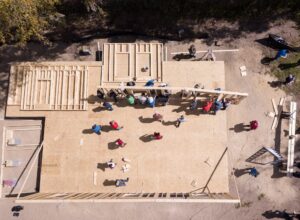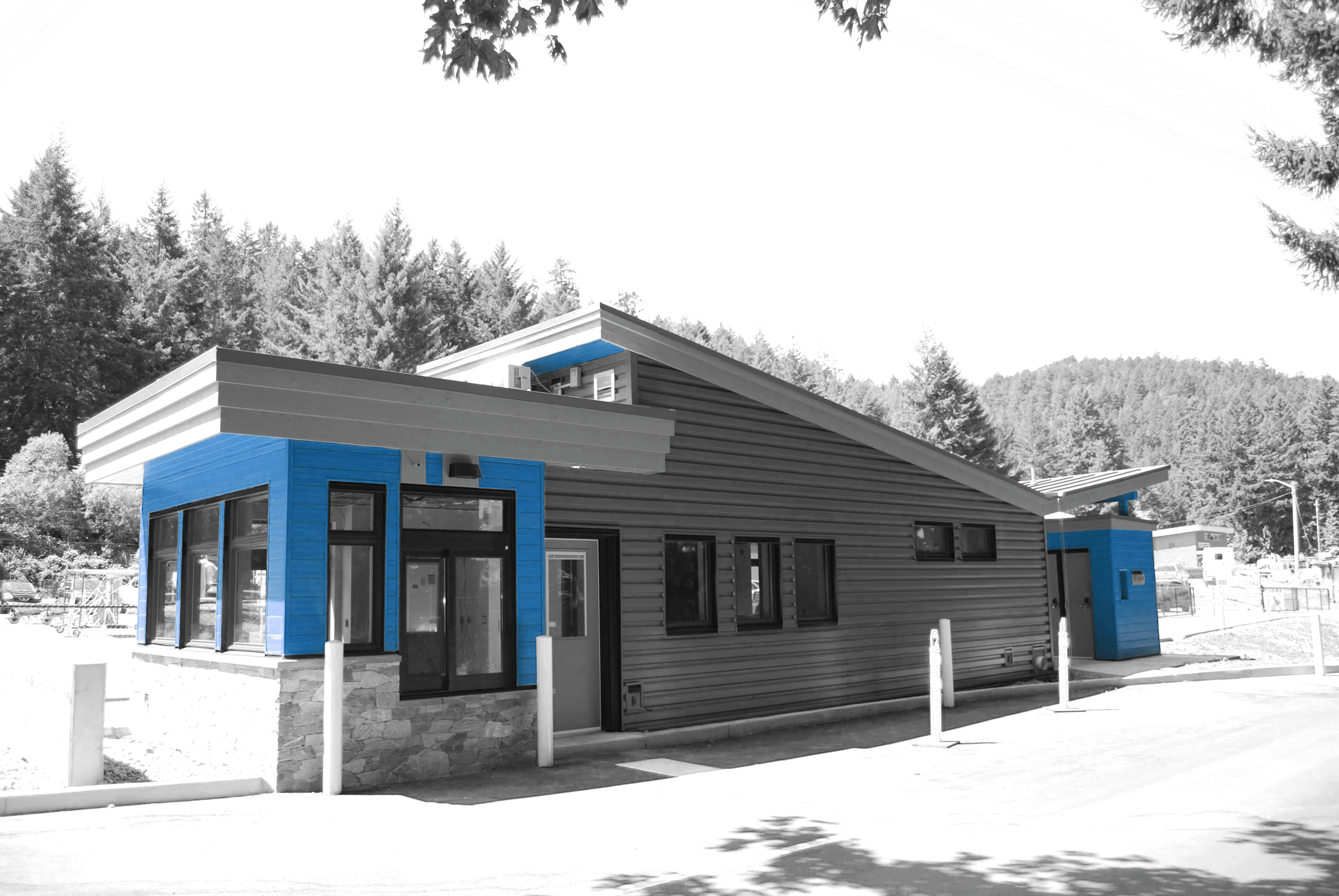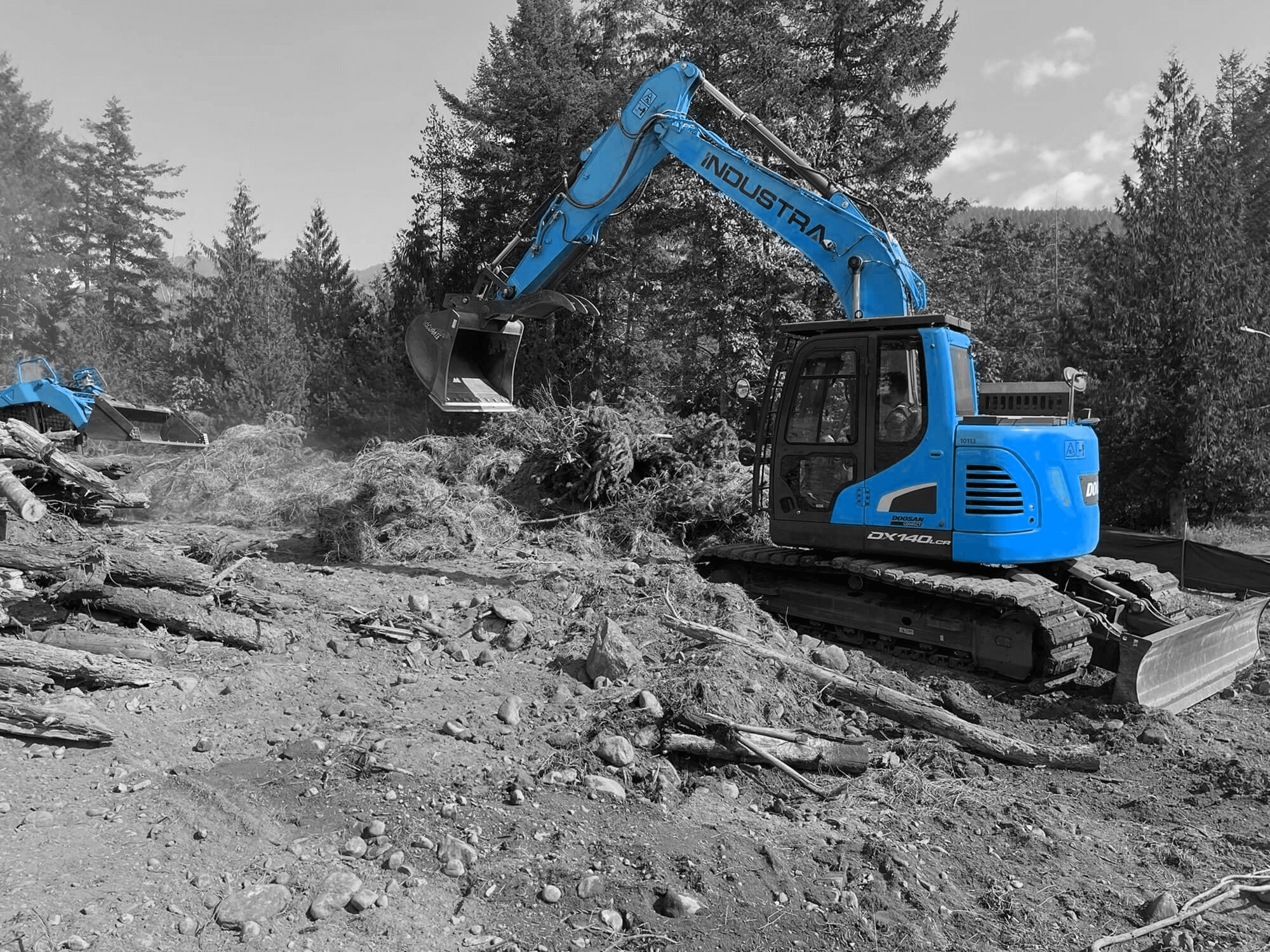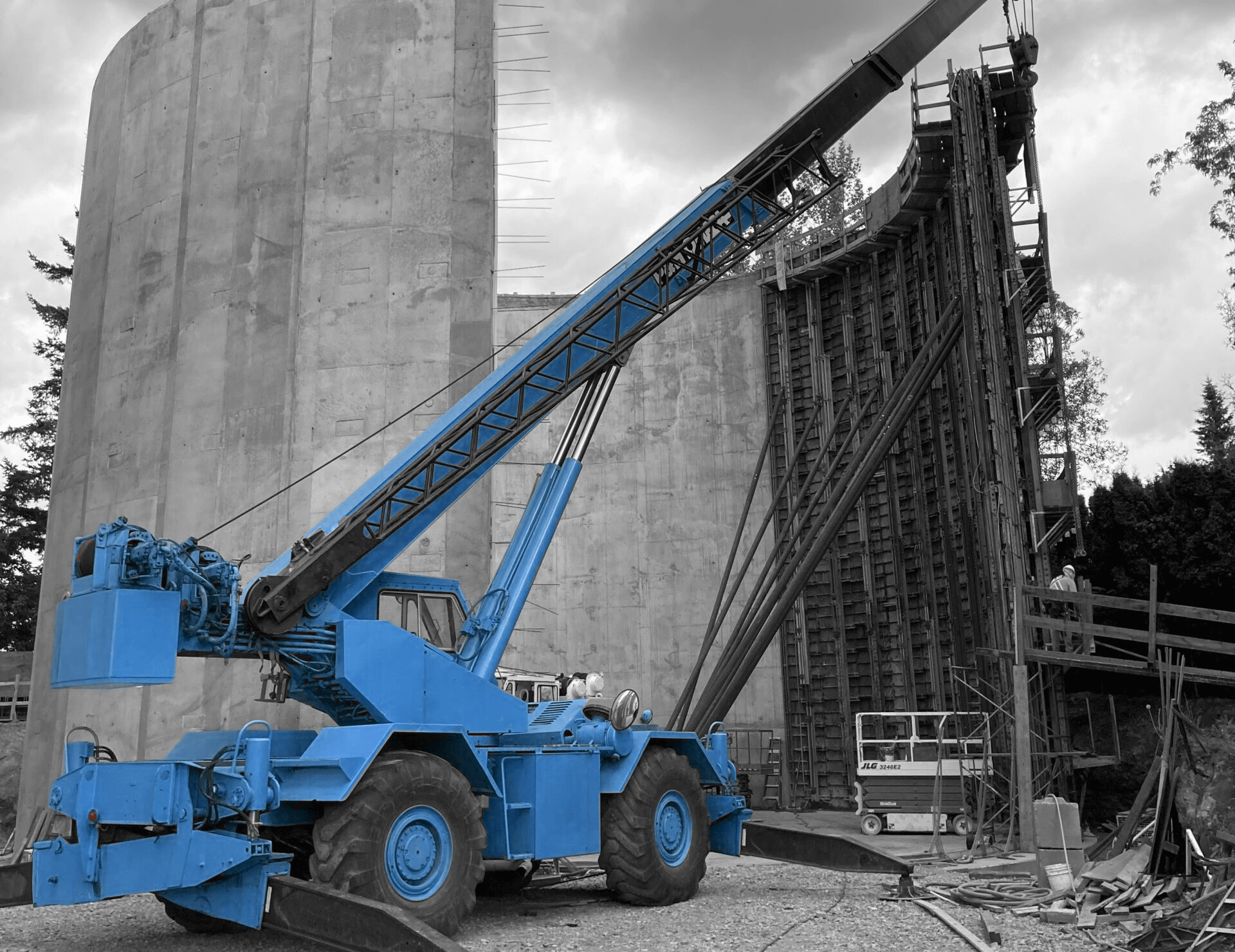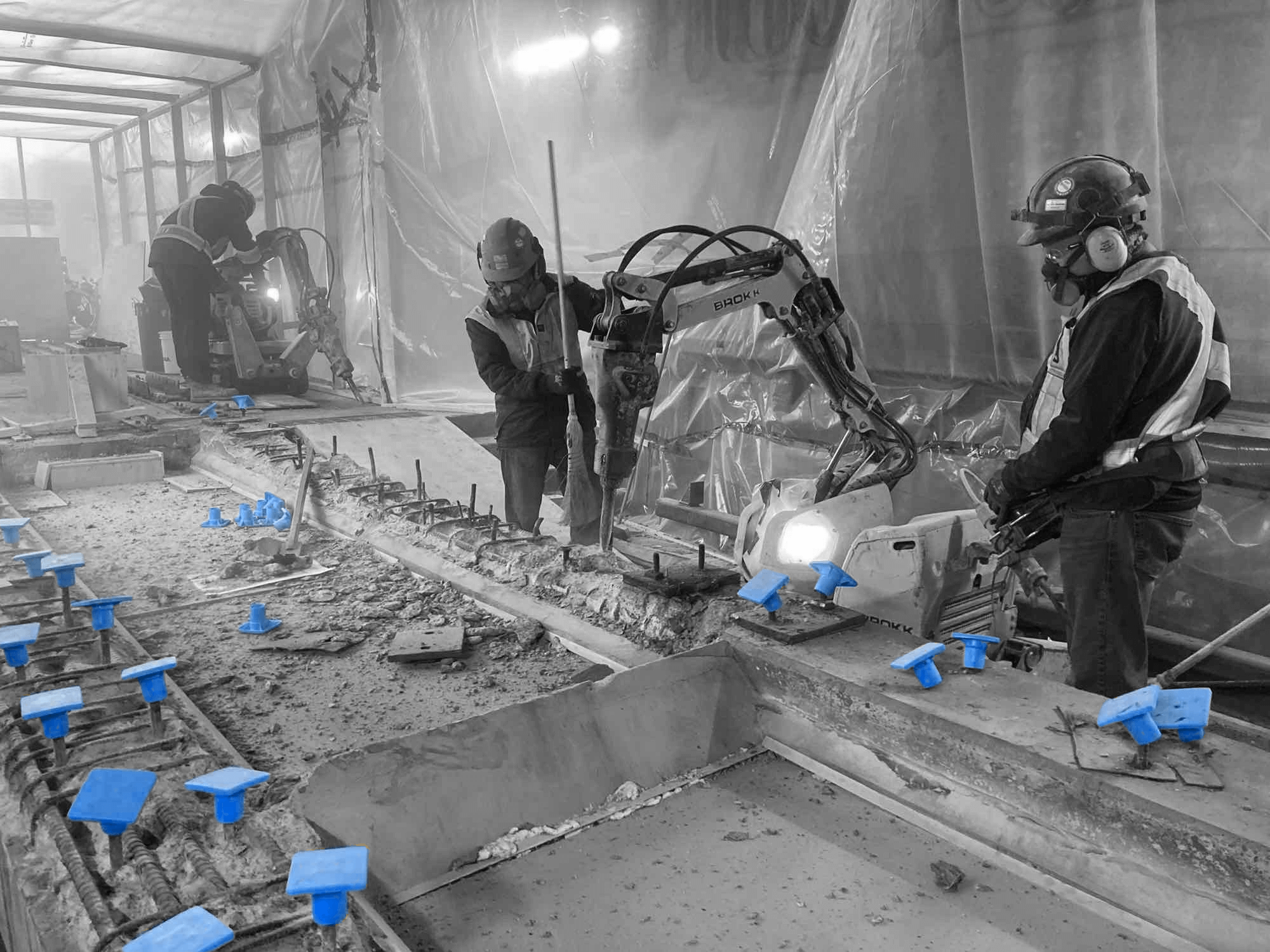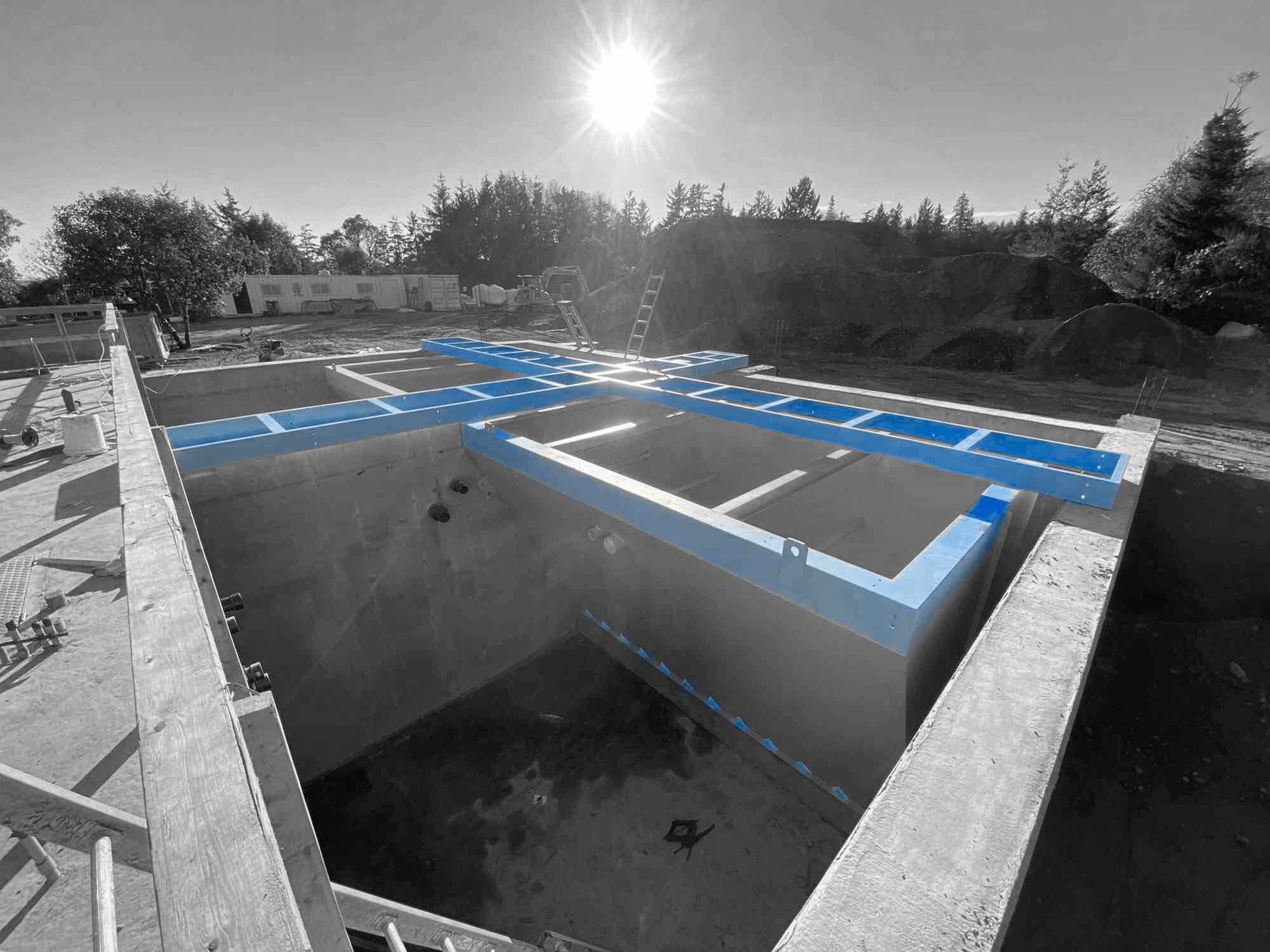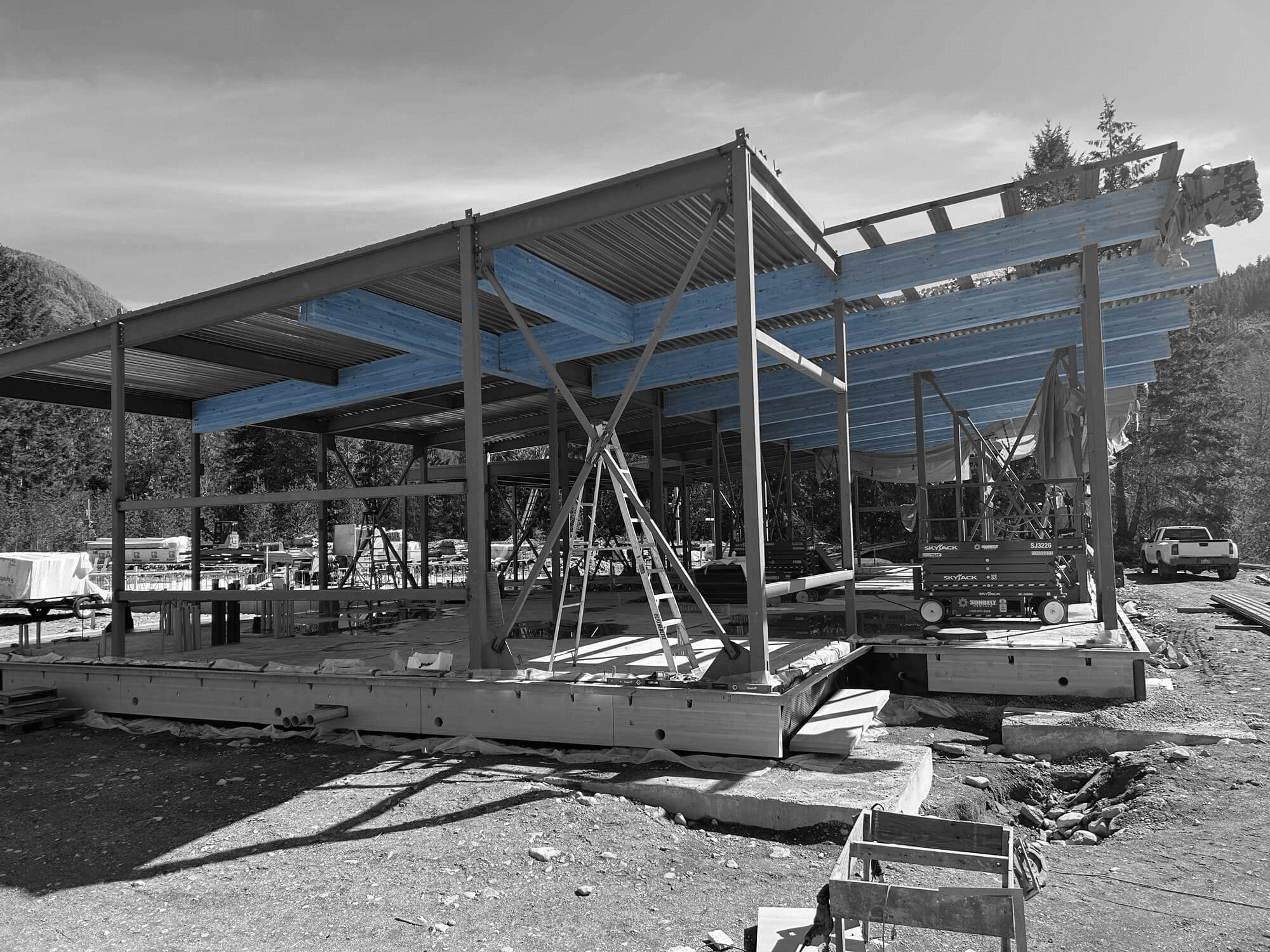Civil construction projects shape the landscapes in our towns and cities, impacting everything from roads to schools. These projects are essential for developing robust infrastructure and providing better living and working environments. However, they often come with a unique set of challenges that require skillful management and strategic planning. For professionals and stakeholders in civil construction, understanding these hurdles is key to ensuring successful project completion.
Many challenges in civil construction arise from a need to adapt to changing conditions, both on-site and regulatory. From tricky site conditions to the demands of obtaining the correct permits, these obstacles can really slow down a project. It’s important to explore these challenges and the strategies that can help manage them effectively. Let’s look into some of the most common hurdles faced in civil construction and how to manage them.
Identifying Key Challenges
Civil construction sites are a mix of unpredictability, regulatory demands, and resource management issues. To keep things running smoothly, it is crucial to address these hurdles head-on. Here’s a closer look at the main challenges that one may encounter:
1. Site Conditions: Often one of the biggest unknowns in any construction project is the site itself. Variations in soil stability, water levels, and land topography can create unforeseen hurdles. For example, building on a site with poor soil conditions might require additional reinforcing work, increasing both time and cost.
2. Regulatory Hurdles: Navigating the maze of local and national regulations can be challenging. Every construction project must adhere to a specific set of laws and codes, which often vary by location. Fulfilling these requirements is crucial to avoid fines and delays.
3. Resource Management: Managing resources like labor, materials, and equipment efficiently is a major challenge in construction. Ensuring that all resources are available when needed requires careful planning and coordination. Shortages or misallocations can lead to significant delays and increased costs.
Addressing these challenges requires a mix of planning, flexibility, and a proactive approach. Being prepared for site surprises, having a clear understanding of regulatory demands, and effectively managing resources are foundational steps toward successful civil construction projects.
Effective Planning and Management
Good planning and smart management are the cornerstones of successful civil construction projects. Every detail counts, from creating achievable timelines to outlining realistic budgets. This means breaking down the project into manageable phases. By setting clear goals for each stage, teams can focus efforts and resources where they are most needed. For example, having a detailed timeline can help keep a large team on track, ensuring that everyone knows their role and responsibilities.
Effective project management requires skilled leaders who can coordinate various teams and solve problems quickly. Project managers serve as the backbone, ensuring smooth communication between all parties involved, from architects to contractors. By doing so, they help avoid delays caused by miscommunication or misunderstanding of tasks. It’s also their job to adjust plans as necessary, ensuring the project remains on course despite any unforeseen challenges.
Here are a few pointers to keep plans and management tasks on track:
– Set specific, achievable goals for different project phases.
– Use project management software to enhance communication and coordination.
– Regularly review and update timelines and budgets as the project progresses.
– Encourage open lines of communication among all team members.
Adapting to Changing Site Conditions
Construction sites can present surprises at any moment, and adapting to these conditions is a vital part of the job. Whether it’s discovering buried utilities or dealing with weather changes, being prepared to handle these surprises is crucial. Flexibility in planning allows teams to adjust without losing momentum.
One effective strategy is conducting thorough site assessments early in the project. This proactive step can uncover potential issues before they escalate. For instance, proper terrain analysis might reveal weak soil conditions that require engineering solutions like additional support to ensure structural stability. Being prepared with alternative plans keeps the project moving, even when unexpected site conditions arise.
Navigating Regulatory and Permitting Issues
Understanding and adhering to local and national regulations can be a complex part of civil construction. Each project must secure the necessary permits and comply with various guidelines. Navigating these waters can seem challenging, but these steps can simplify the process:
– Research local regulations and note any unique requirements.
– Build strong relationships with local permitting authorities for smoother processes.
– Develop a checklist to track permit status and ensure compliance.
– Stay informed about updates or changes in relevant laws and codes.
Maintaining compliance not only protects from delays and fines but also contributes to the safety and success of the construction project. Teams that understand the regulatory landscape are better equipped to manage their projects effectively and efficiently.
Optimizing Resource Allocation
A well-thought-out plan for allocating resources like manpower, machinery, and materials is essential for efficient project execution. Balancing these resources can prevent unnecessary downtime and waste, keeping projects on track and within budget. Creating a resource management plan that identifies potential bottlenecks is a good starting point. This could involve scheduling deliveries to coincide with specific project phases or ensuring equipment is only present on-site when needed.
Strategies for improving resource allocation:
– Map out the entire project workflow to foresee resource needs.
– Use scheduling tools to automatically adjust resource plans in real-time.
– Train teams to be versatile, allowing for adaptable labour across various tasks.
– Collaborate closely with suppliers to ensure timely deliveries.
Bringing It All Together: The Path to Successful Civil Construction
Civil construction presents unique hurdles that can test the tenacity and expertise of construction teams. However, with strategic planning, proactive management, and effective resource handling, these challenges can be transformed into opportunities for innovation and efficiency.
By embracing flexibility and staying informed about regulations, teams can navigate even the most demanding projects. The commitment to understanding and overcoming each hurdle lays the groundwork for successful outcomes. Ultimately, innovative solutions and strategic foresight turn potential setbacks into milestones on the road to construction success, crafting the infrastructure that supports thriving communities.
With every step in construction presenting its own set of challenges, it’s vital to rely on experienced partners to guide the way. At Industra Construction Corp., we have the expertise to help you overcome these hurdles effectively. Discover how our approach to civil construction can transform your project into a successful venture.





